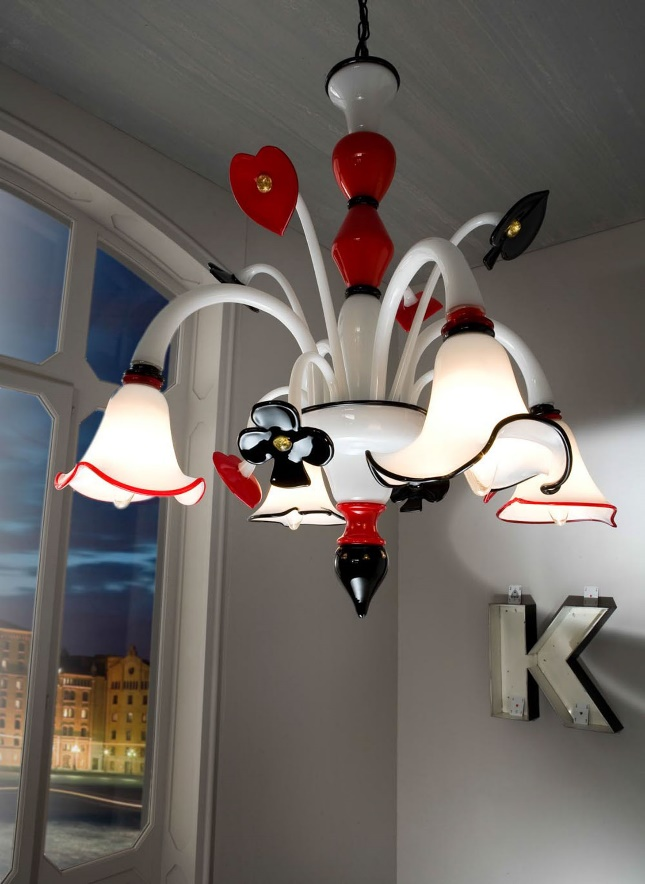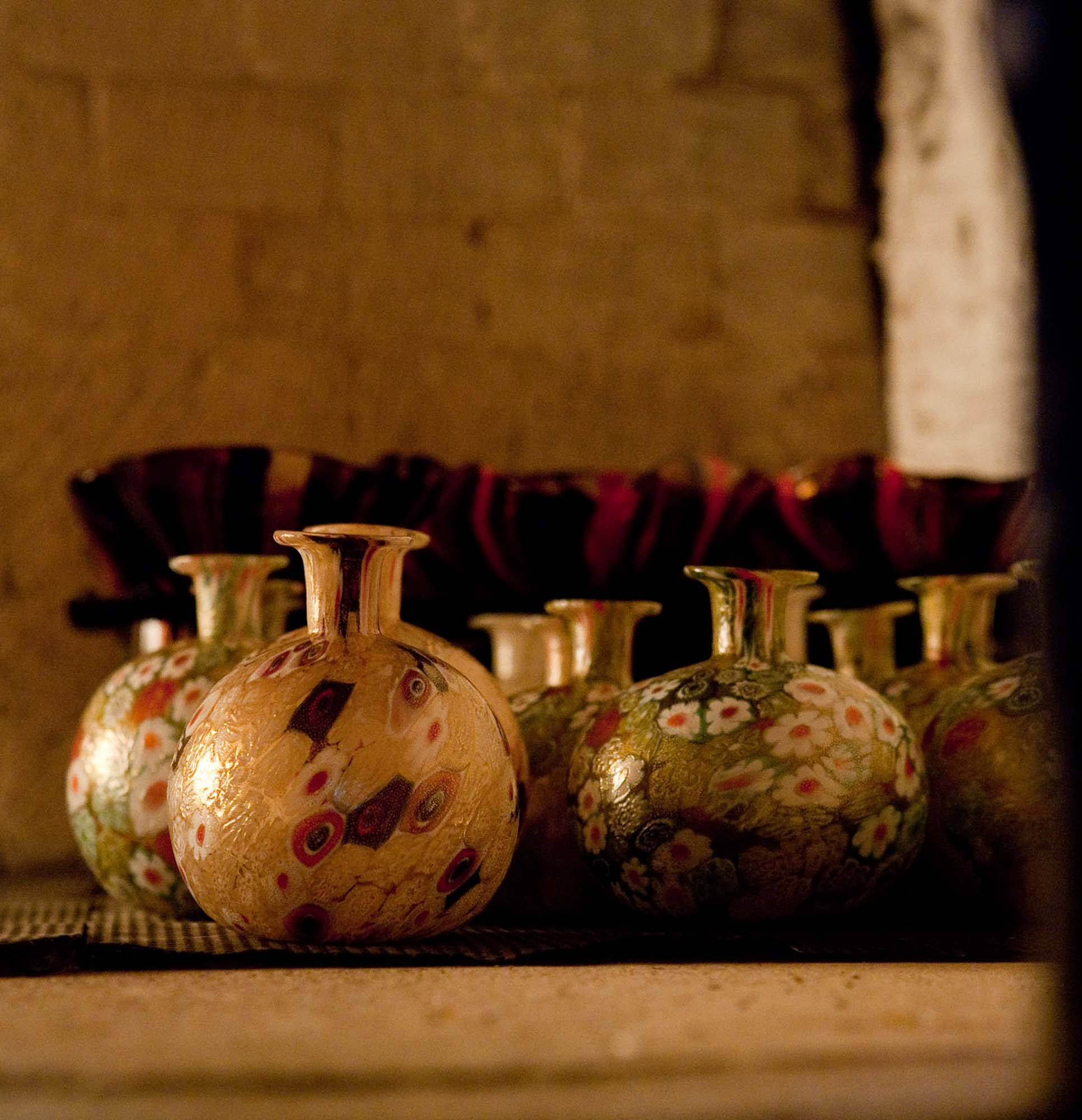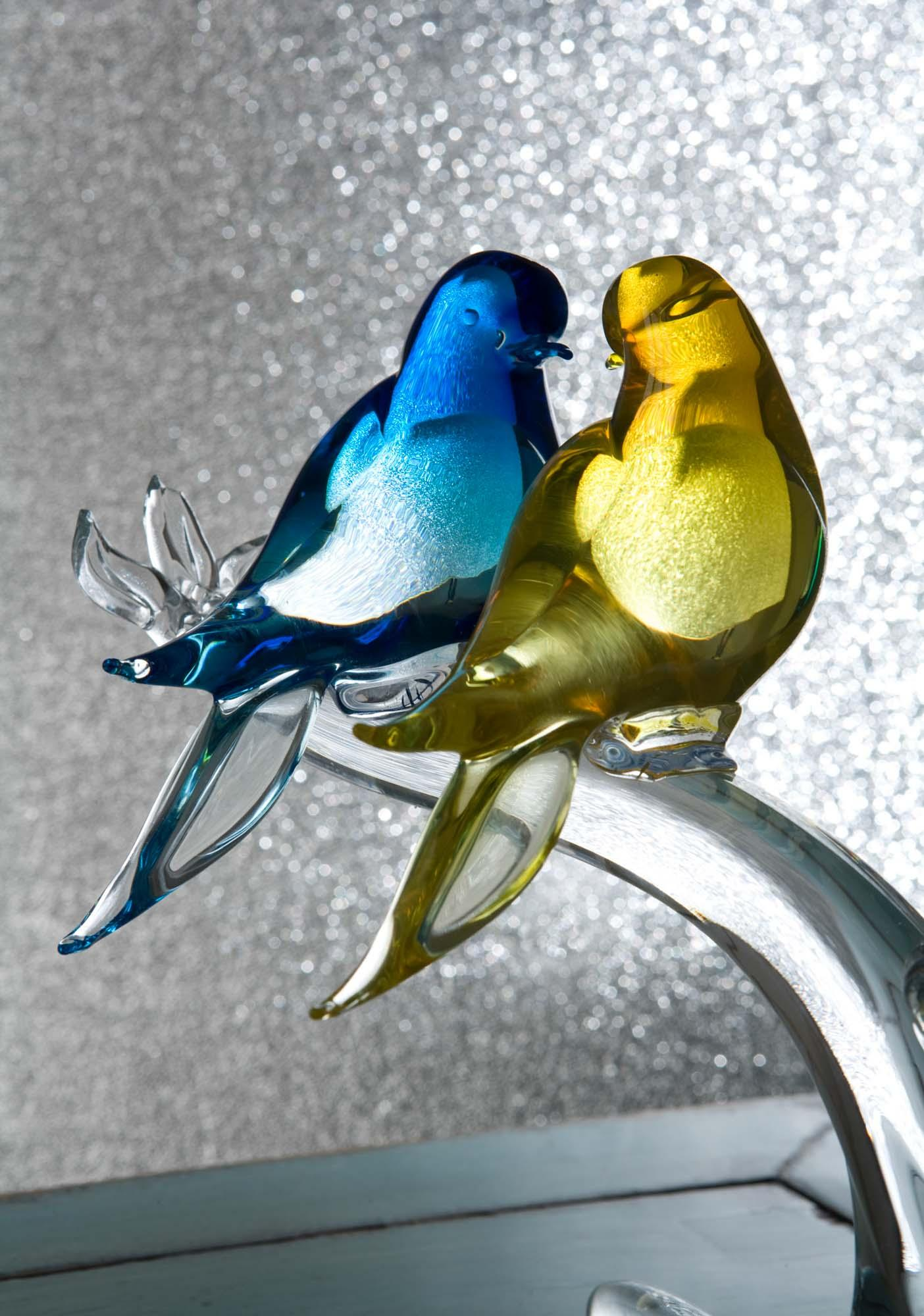Murano glass is as famous as the gondolas, canals, and bridges in Venice. This form of art stands out from the rest due to its techniques. The glassmaking technique of Muranese glass masters is a long-kept secret.
Each glass master imparts their technique to the next generation to retain so it can continue to be practiced and implemented. There isn’t any single glassmaking technique that craftsmen use. Rather, there’s a list of various techniques to create different types of artifacts.
Let’s explore these glassmaking techniques and familiarize yourself with the craftsmanship of Murano glass masters.
11 Murano Glass Techniques
Venetian or Murano glass is globally admired for its exquisite quality and delicate color scheme. The artwork has inspired many young artists around the world. Despite its downfall in the 17th century, Murano glasswork emerged and regained a prominent name in the world of art.
It’s the 'art for the sake of art' notion that especially makes Murano glass one of the most sought-after pieces of art. Each piece carries remnants of history and culture and displays the perfect craft of Muranese artists.
Following are some of the common techniques that glass masters use in Murano glassmaking.
1. Aventurina Technique
The Aventurina technique involves embedding metal flakes in the glass after it is converted into a molten state. Later, as the glass starts to cool, it results in an excellent sheen. After that, the glass is molded and blown into the desired shape.
The shimmer and sheen are caused by metal particles infused in the glass which also adds a special and exquisite look to the glass. Aventurina means “chance” because the glass masers cannot completely control the design of glass.
2. Bullicante Technique
In this technique, several layers of bubbles are inserted into a thickened form of glass. The glass masters insert the bubbles in a grid pattern so they appear in intervals and add an effervescent look to the glass object.
3. Cameo Technique
This is a complex technique that demands expertise and vast experience. The craftsmen combine two different colored layers of glass and carve onto them to give them a raised appearance when exposed to the second layer. The cameo technique is used to create beautiful and intricate designs and it takes a glass master to design elaborately on the glass.

4. Fenicio Technique
Fenicio technique is used to create decorative glass pieces. They have garland designs that make them extremely spectacular pieces of art. The glass masters wrap the object with multi-colored threads of glass in this technique. Later, they comb them using special equipment called “meneretta” while the glass is still hot.
Once the glass slowly cools down, the artisan molds the glass to create a design shape. Fenicio is one of the ancient techniques of glassmaking but it reached Murano Island in 17the century.
5. Filligrana Technique
It’s a rather simple technique but it does require extreme care and vigilance. Filligrana involves creating beautiful patterns on the glass object which is why the glass master has to be careful when working on the glass.
Colored or white opaque rods of glass are placed on the clay. Later, the glass master heats the object and blows it into a shape. Filligrana involves heating the object multiple times to achieve the desired shape. Hence, the glass masters handle the glass carefully to create visual treats.
6. Ice Glass
This type of glass is known for its cracked look. It resembles cracked ice, hence, the name. Hot glass is dipped into cold water to crack the surface and then the cracks are covered with a layer of molten glass. The cracks appear through the clear glass, making the artifact look like it’s made from ice.
7. Millefiori Technique
Millefiori means “a thousand flowers”—a term that describes the mosaic-like glass infused and marbled with colored canna and then pulled to form a length of the multicolored object. In this technique, the glass master aims to achieve floral patterns.
Multicolored thin rods are fused, pulled, and sliced cross-sectionally to achieve a flower-like pattern. The disks are applied to vases and bowls to create a floral design and then the object is re-blown for the final look.

8. Incalmo Technique
In this technique, objects are multicolored to create decorative pieces. Most home décor pieces are created using the Incalmo technique. Different parts of the artifact are colored individually and then fused while they’re still sticky and hot. Later, the final object is hand or mouth-blown to form a multicolored object.
9. Lattiomo Technique
Lattimo, taken from Latte, refers to milk. Famously known as milk glass, the glass master uses glass that looks like porcelain. The glass is milky white and opaque like fine china. The technique was first discovered in the 15th century on the Island of Murano. The milky white glass is colored to infuse different colors.
10. Murrine Technique
Murine is the most complex and labor-intensive technique. It takes time and a lot of expertise to create glass objects using this technique. The glass master uses a central rod to roll in different colors of glass liquids.
Then the rod is thinly cut into pieces to display color cross-sections. The multicolored cross-sections are placed on the surface to blow and shape the object while it’s hot. The colored pieces are joined together to create a picturesque look.
This technique is highly valued across the world. It’s often confused with the Millefiori technique but unlike the latter, the Murrine technique involves using different colored images on the glass.
11. Sommerso Technique
Sommerso involves adding multiple layers to blown glass objects. The layers are multicolored and dipped several times into molten multicolored glass to achieve this effect. This technique was first invented in the 30s.

Buy Murano Glass Online at MuranoNet
MuranoNet is the most reliable seller of Murano glass products. The store offers a large variety of carefully curated Murano glass artifacts. They have Venetian glass chandeliers, Murano glass sculptures for sale, corporate gift items, unique home décor items, modern elegant glass chandeliers, tableware, Fornasa glasses, and much more.
MuranoNet also offers a guarantee to assure the authenticity of its products. Contact them today for more information.




Hinterlasse einen Kommentar
Diese Website ist durch hCaptcha geschützt und es gelten die allgemeinen Geschäftsbedingungen und Datenschutzbestimmungen von hCaptcha.